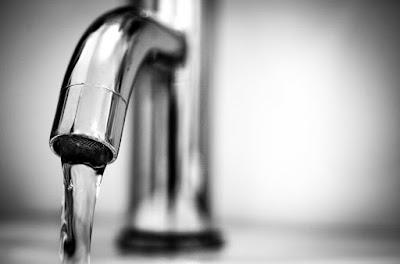Hot Water Recirculating System
Waiting for hot water is a common reason for large water bills. In fact, according to a Department of Energy study, an average family of four wastes up to 14,000 gallons of water each year waiting for hot water. Nationally, water conservation has become so important that many states and municipalities are routinely imposing water bans or offering rebates. The City of Atlanta has raised water rates 27.5% in 2009, 12.5% in 2010, 12.5% in 2011 and 12% in 2012 for a cumulative increase of about 80% in the four years from 2008 to 2012.
A hot water recirculation system is a continuous loop of slow-moving warm water that constantly circulates hot water through the pipes from the hot water heater to the furthest fixture. The water is always hot in the pipes and no water is wasted during the wait. As water begins to cool in the hot water line, the recirculation pump will then move the hot water from the heater throughout the pipe back to the hot water heater, creating a continual move of water that is instantly available for use with no waste.
The traditional hot water recirculation system uses a dedicated return line from the point of use located farthest from the hot water tank back to the hot water tank. In most existing homes where this return line was not installed, a crossover type system can be used as a retrofit where the cold water line is used as a return line with a temperature control device closing the connection between the hot and cold lines at a set temperature. Using the cold water line as a return has the disadvantage of potentially heating the cold water pipe (and the contained water).
However, in new homes, we install a loop of hot water so that there is always a dedicated return and the system will not have this problem.
One of the questions that come up is “What about the energy used by the pump and the cooling of the hot water in the loop?’ Yes, this is a good question and there is a trade-off. However in Atlanta, these costs are typically much less than the cost of the expensive wasted water. The pump does not use as much energy as people think. There are also ways to lessen the energy costs by A) insulating all of the hot water lines during the rough-in stage of the home construction, B) add a timer to your system to turn it off during times (such as at night or on vacation) when you will not be needing any hot water.
To return back, please click here: Hask Custom Homes - Articles

Comments
Post a Comment